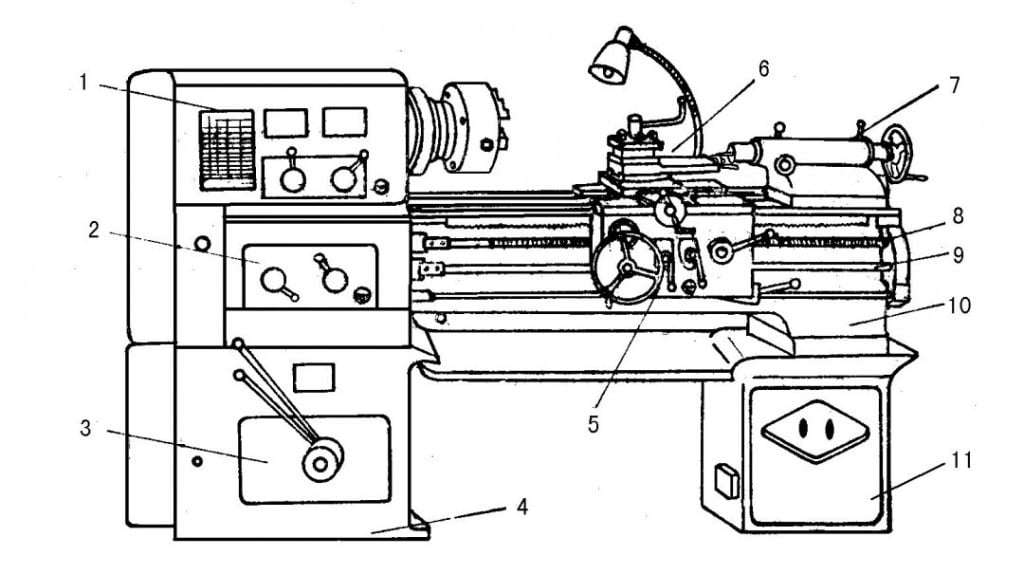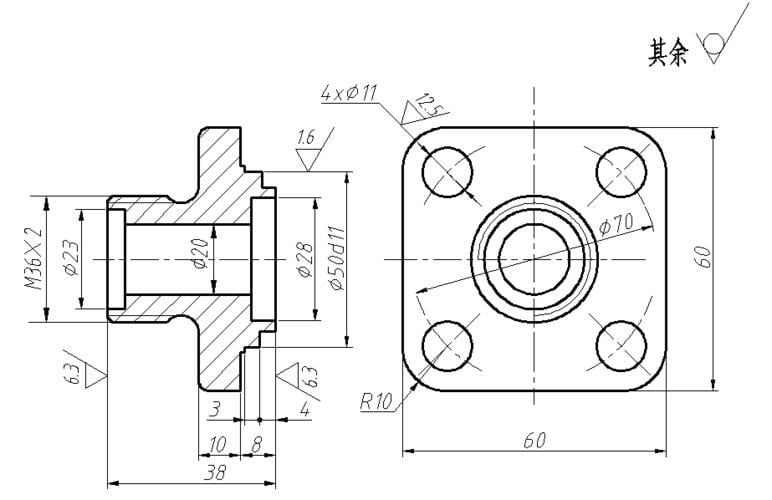Base level first principle

In the process of NC milling, the surface used as the precision reference must be processed first. The more accurate the surface of the positioning reference is, the smaller the clamping error is. For example, when machining shaft parts, the central hole should be machined first, and then the cylindrical surface and end face should be machined with the central hole as the precision benchmark. Another example is that for box type parts, the plane for positioning and two positioning holes are usually processed first, and then the plane and positioning holes are used as the precision datum to process the hole system and other planes.
- Principle of "rough first, fine later"

The machining sequence of each surface in NC milling is in this order: rough machining → semi finish machining → finish machining → finishing machining. According to this step, the machining accuracy of the surface is improved step by step and the surface roughness value is reduced.
Principle of "priority first, priority second"
In NC milling, the main working surface and assembly base surface of the part should be processed first, so that the defects on the main surface of the blank can be found in time. The secondary surface can be interleaved and placed after the primary machined surface reaches a certain degree and before the final finishing.
Principle of "priority first, priority second"
In NC milling, the main working surface and assembly base surface of the part should be processed first, so that the defects on the main surface of the blank can be found in time. The secondary surface can be interleaved and placed after the primary machined surface reaches a certain degree and before the final finishing.
Principle of "priority first, priority second"
In NC milling, the main working surface and assembly base surface of the part should be processed first, so that the defects on the main surface of the blank can be found in time. The secondary surface can be interleaved and placed after the primary machined surface reaches a certain degree and before the final finishing.
If the procedures in the NC milling process are in the same workshop, the programmer and the technician in charge of the part can negotiate and determine them, and they are jointly responsible for mutual review and countersignature in the process documents of the specified process; If they are not in the same workshop, the handover status table shall be specified, countersigned and reflected in the process specification.
If the procedures in the NC milling process are in the same workshop, the programmer and the technician in charge of the part can negotiate and determine them, and they are jointly responsible for mutual review and countersignature in the process documents of the specified process; If they are not in the same workshop, the handover status table shall be specified, countersigned and reflected in the process specification.
If the procedures in the NC milling process are in the same workshop, the programmer and the technician in charge of the part can negotiate and determine them, and they are jointly responsible for mutual review and countersignature in the process documents of the specified process; If they are not in the same workshop, the handover status table shall be specified, countersigned and reflected in the process specification.












